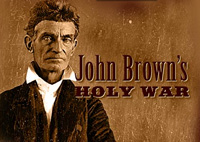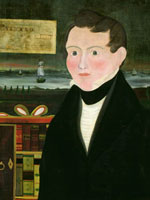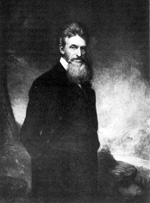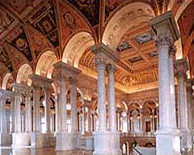There are a lot of different ways you could go with this, depending on the issue you choose. So, let's choose one and explore some of the resources available.
With a growing emphasis on global awareness in the curriculum, you might consider having your elementary students look at a non-profit organization that works to advance humanitarian concerns in the world. A number of organizations offer curricular resources, and each takes a different approach to combating global poverty.
Heifer International
One resource is Heifer International.
Heifer distributes animals like cows, goats, rabbits, and bees to impoverished areas around the world—something your children may take an immediate interest in. In addition to the resources for teachers available on their website, there is an excellent children's book about one of the early success stories, Beatrice's Goat, that can be used in the classroom. Check out this Sixty Minutes program on the real Beatrice.
Heifer distributes animals like cows, goats, rabbits, and bees to impoverished areas around the world—something your children may take an immediate interest in.
The Heifer site also contains an interactive section called "Explore the World of Hiefer" that students can use as a resource. It is engaging and can be used on a Smartboard, an LCD, opened on computers and projected onto a Smartboard or large screen via LCD. Students could explore the areas in which Heifer has projects and the history of those areas.
Ultimately, students might develop/host school or community fundraisers to buy, say, a goat or cow or other animal to be sent to one of the impoverished areas in which Heifer works.
Oxfam
Another organization that works to combat global poverty is Oxfam.
Oxfam has offices across the world, and works to deliver aid and conduct development work. Based in Great Britain, Oxfam's Educational wing works to empower young people to become global citizens.
Oxfam's educational resources offer age-appropriate lessons for students aged 7-11. Among the themes that their resources cover are those on children's rights, climate change, and ending poverty.
Any work on Oxfam could certainly culminate in a fund-raising effort. But students could also use resources available on Oxfam's website to educate the school community about pressing global issues.
Another organization working to end poverty and hunger across the globe is UNICEF.
UNICEF
UNICEF, which is the United Nations Children's Fund, works for child survival, safety, and education around the world—another approach to global humanitarian issues that your students might take an interest in.
Among their many projects, UNICEF has a new site called "MAGIC—Media Activities and Good Ideas by, with and for Children." One thing you might do is have students watch videos or listen to broadcasts created by children in other countries. Check out the MAGICbank.
. . . have students watch videos or listen to broadcasts created by children in other countries.
In your final project, you might have your students do a radio broadcast, create a video, or establish a connection with another school via the internet. They might even decide to raise money for students working on a particular project.
Doctors Without Borders
A fourth great organization that works on international humanitarian concerns is Doctors Without Borders.
Doctors Without Borders has a Learning Resources page which provides materials to lead students through research projects. Although the resources are not specifically tailored for grade school students, they are open-ended enough that they can be accessed by younger students.
After your students research conflict and explore the ways that an organization like Doctors Without Borders works to bring aid to conflict regions, they might do a school-wide fundraiser for the organization.
Of course, there are plenty of great organizations working to advance humanitarian concerns in the world, but these four are a great place to start. Whether you choose one as a class, or divide students up to look at different non-profit groups, they represent an accessible way to introduce young people to public global issues, while also providing them with a way to take action.





